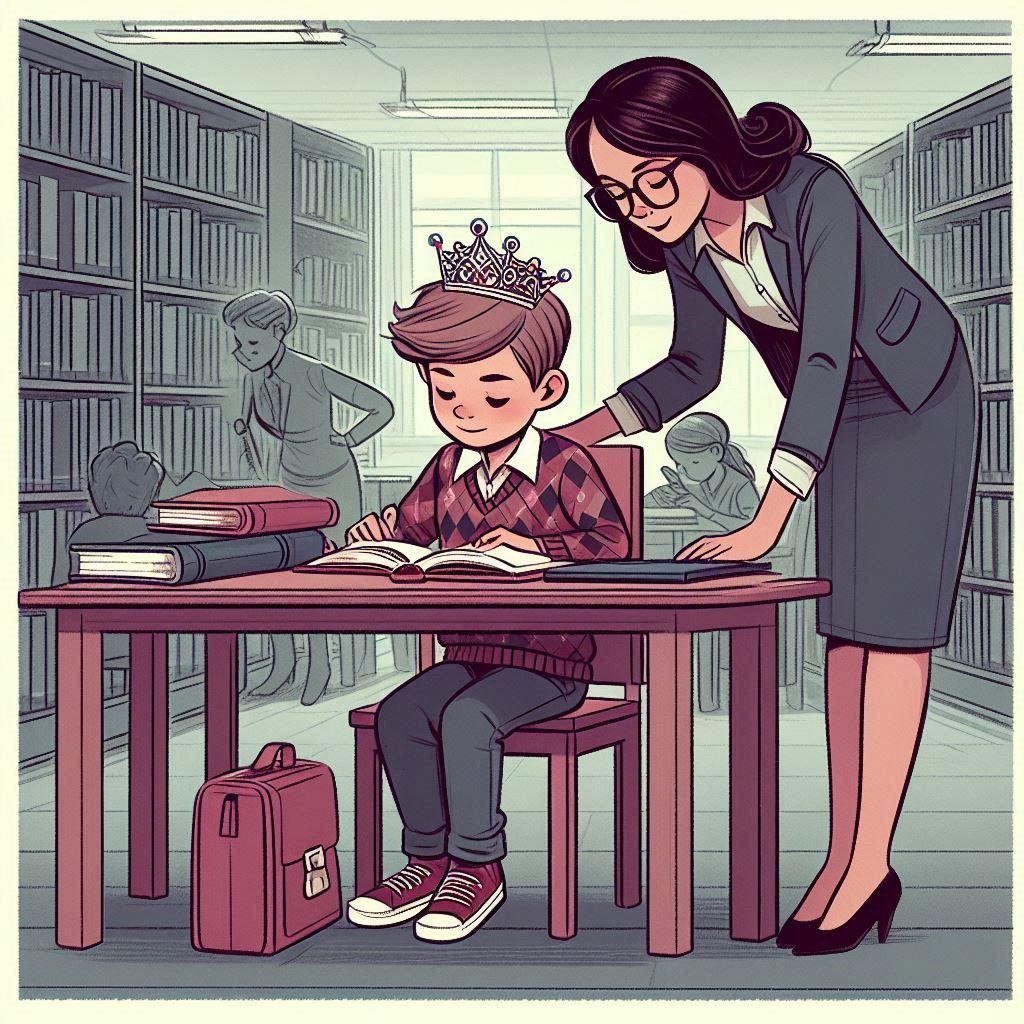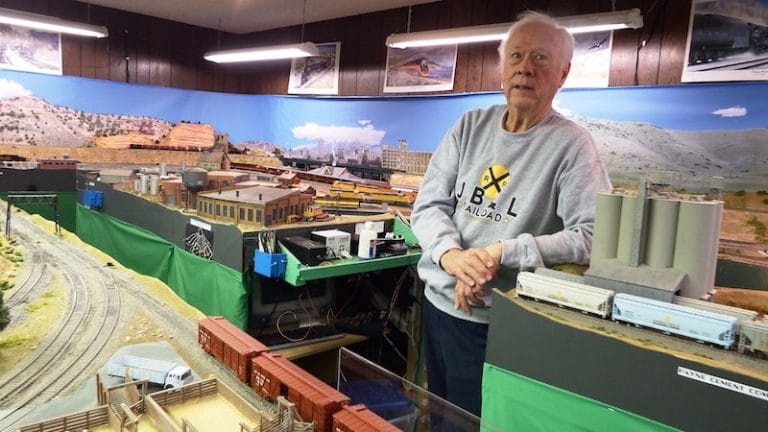
You might say that Lee Witten has a one-track mind—and that track has model trains on it.
Lee acquired his love of model trains at an early age from parents who were both employed in the railroad industry. Lee’s father, Joe, started as a brakeman and later became a conductor, passing away just three months short of a 30-year retirement. Lee recalls that when he was four or five, “Dad would take me down to see his caboose so I could climb up in the cupola and hang out the window,” and he has a picture to prove it.
In the early 1940s, Lee’s mother, Bernice, worked as a waitress in Ogden’s Union Station at the beanery—what we would call a coffee shop today—serving passengers as they disembarked from their train journeys. “Trains came in at all hours of the day and night,” Lee says. “You might have a train that arrived at three-o-clock in the morning, so you’d suddenly have a hundred people get off the train and everybody was hungry.”
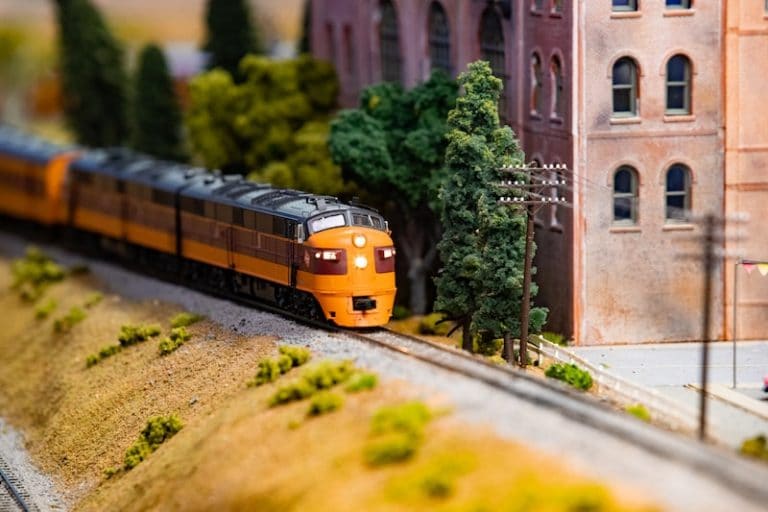
Lee’s model railroad, the JB & L (Joe, Bernice and Lee) is dedicated to his parents.
“My first experience with model trains,” Lee says, “was when I was about five years old. My father gave my brother and I Lionel sets. In my teenage years, dad bought a 4×8 sheet of plywood and we put legs on it, so I started populating that with a mountain and trestles, and that was my first HO set.”
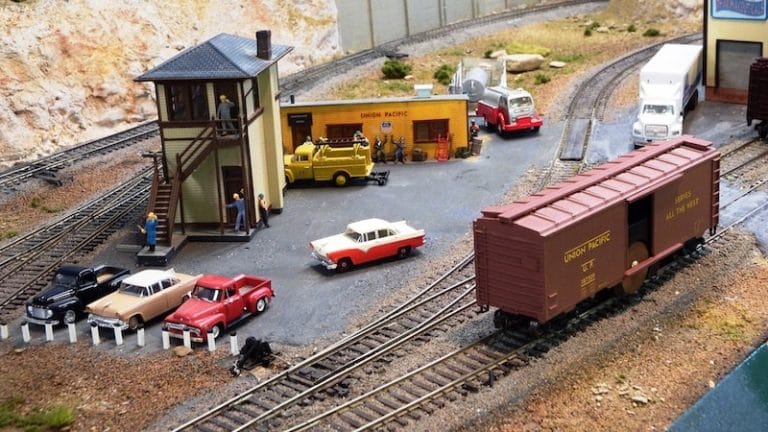
Lee’s passion for trains is evident. His home is filled with memorabilia from Ogden’s glory years as a railroad town, and his basement is a tribute to 20th Century railroading in HO scale. Ogden, with its many trestles, rail yards and vintage depot, still resembles a full-size model train layout, and parts of old downtown still look much like they did in their heyday. Lee’s miniature railroad pays homage to the days of yesteryear when traveling by train was comfortable and luxurious.
“Ogden was a junction stop, so there would be at least 30 minutes between when a train arrived and when it left to continue on,” Lee explains. “The Southern Pacific and the Union Pacific had to interchange crews and locomotives. The Southern Pacific took the train on to California, and the Union Pacific went on to Chicago. Ogden was known as Junction City because it was the junction between two major routes.”
The most impressive aspect of any railroad diorama has to be the attention to intricate detail, not only in the trains, but in every tiny replication of reality. Looking at Lee’s cities, factories, roads, trestles, rivers and mountains is like observing a Lilliputian utopia where all the trains run on time and all the tiny inhabitants are happily engaged in living idyllic lives. Lee reminds me that time spent creating a layout like this isn’t measured in hours, but in years.
HO scale trains gained favor after World War II, and soon became the most popular size for tabletop train layouts among toy buffs and serious hobbyists, for whom ultimate realism was the goal. HO trains were smaller by half than the O gauge Lionel trains that preceded them, they took less material to produce, and serious modelers enjoyed the challenge of creating miniature reality in a smaller space, leaving room for larger dioramas. Lee explains that HO trains are 1:87scale, or “Half Ought” (half of O) which equates to 3.5 mm (0.1378 in.) representing one actual foot.
While scale and gauge are often used interchangeably, “scale” refers to the size of a model in comparison to its real world counterpart, whereas “gauge” is the inside width of the track between the rails.
Lee is a member of Hostlers Club—a local group comprised of model railroad enthusiast that help each other learn the intricacies and craftsmanship involved in building model train layouts.
The club started about 30 years ago with only 4 or 5 members. Today, the 180-member group has monthly meetings and sponsors annual festivals at Union Station, the Roundhouse in Evanston, and other regional exhibitions from Ogden to Cheyenne, which serve as fundraisers for the group. Lee is also a member of the Railway and Locomotive Historical Society, which has chapters across the country.
According to Lee, model railroading attracts teenagers, 80-year-olds, and everyone in-between, proving that train buffs like Lee are obviously on the right track.
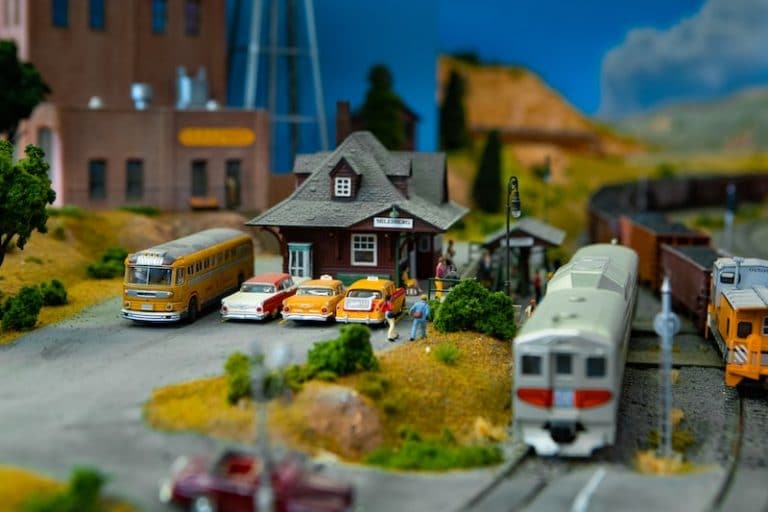
In our January 2020 issue the photo on page 31 should have been credited to David E. Jensen.
RELATED STORIES
Utah Model Train Collectors
Warren’s Train Shop in Ogden





